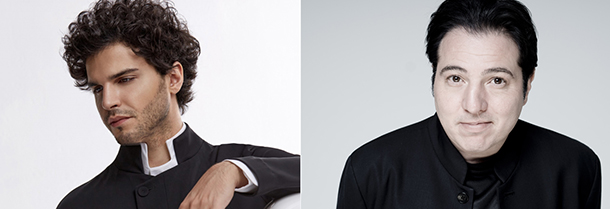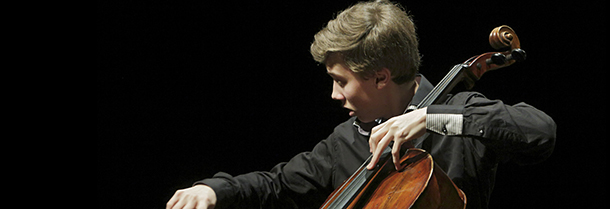Tag: Sonata in A minor for Arpeggione and Piano D 821
-

PROGRAM NOTES: JAMAL ALIYEV AND FAZIL SAY
Franz Schubert Sonata in A minor for Arpeggione and Piano D. 821 Schubert’s Arpeggione Sonata was composed in 1824 but only published in 1871—long after the composer’s death in 1828, and almost as long after the principal instrument for which it was written fell out of favour. The six-stringed arpeggione was a kind of large…
-

PROGRAM NOTES: JONATHAN ROOZEMAN
Luigi Boccherini Sonata in A major G 4 Luigi Boccherini was perhaps the greatest cellist of the 18th century, and like his compatriot of a previous generation, Domenico Scarlatti, he spent the most active portion of his professional life at the court of Spain. His royal patron, the Spanish Infante Don Luis Antonio, younger brother…

